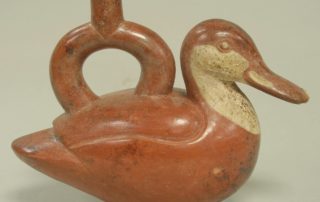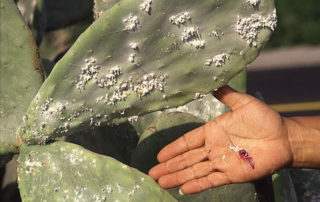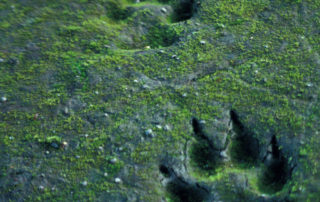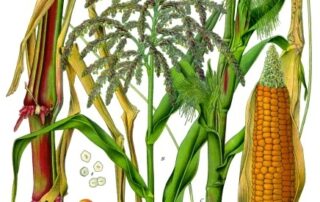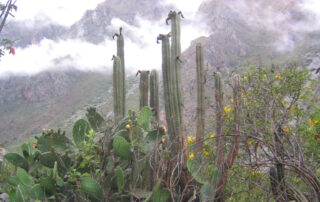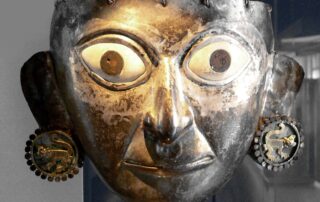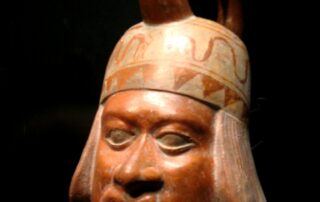Food, Fertilizer and the Future
Bright blue ponds looming out of the red desert landscape near Moab, Utah, recently prompted my interest in the potash harvested from the pools. The potassium-bearing contents of the ponds will become a key ingredient of synthetic fertilizers. These are essential to feed the growing population on our planet, but fertilizer components are not in infinite supply, plus are causing many environmental problems.

